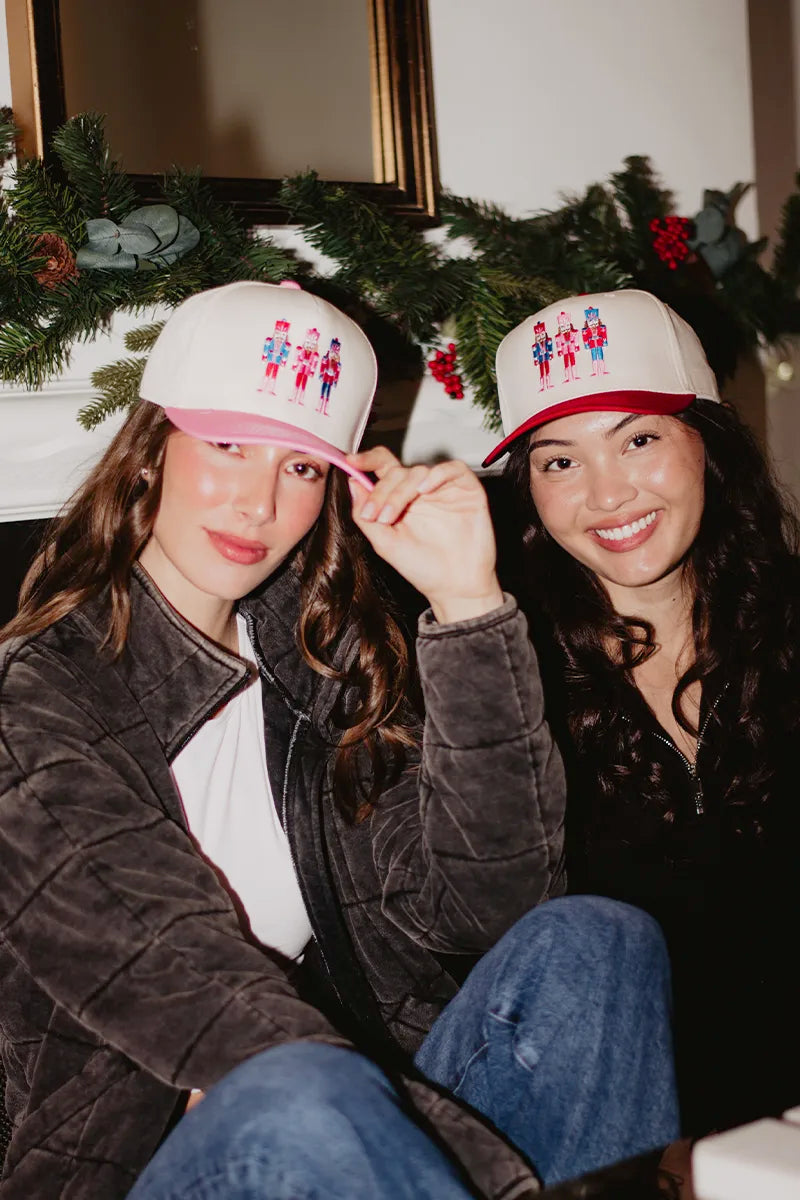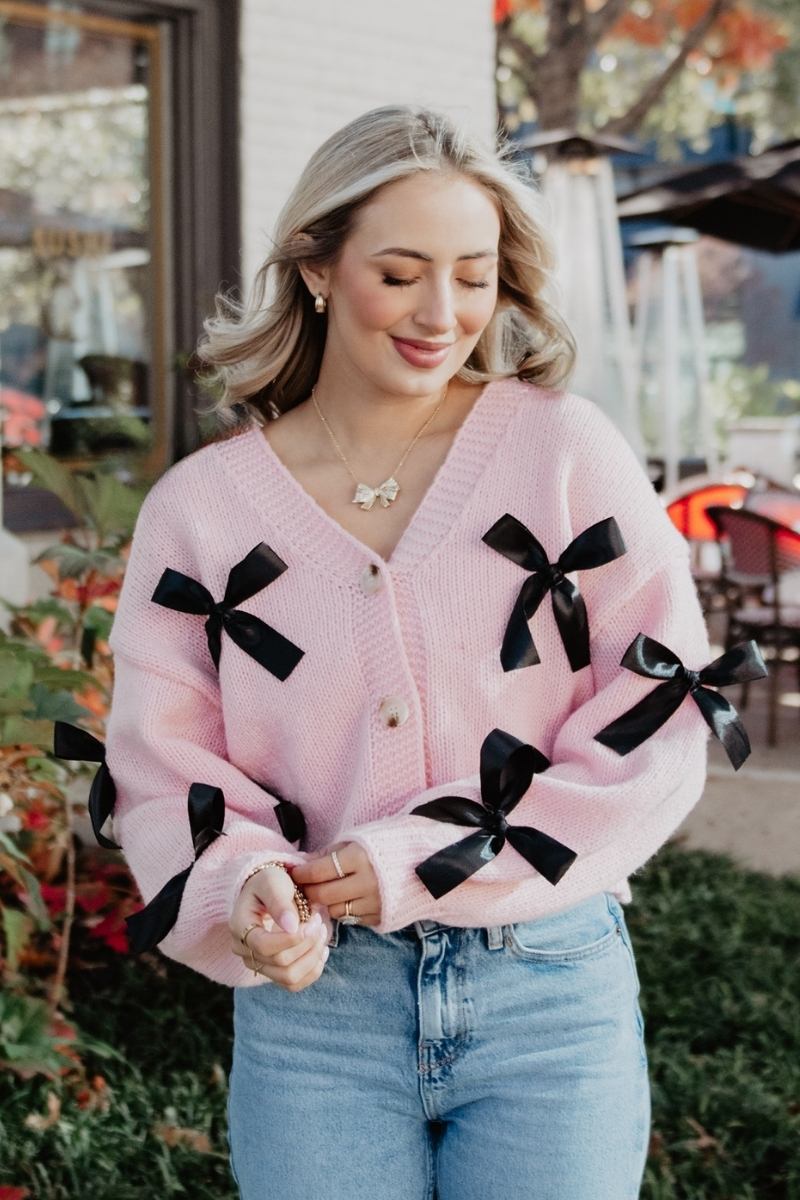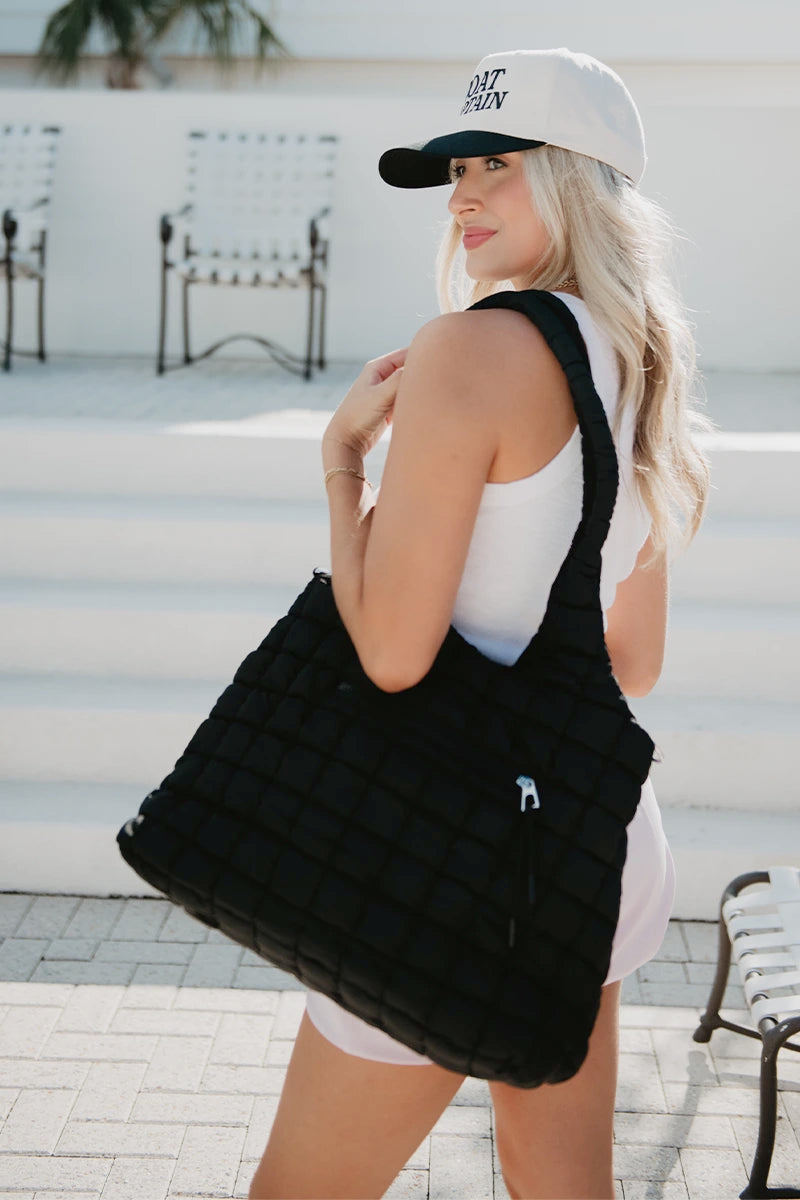Retail KPIs: A Guide for Women’s Clothing Boutiques
by Michelle Hoang
November 06, 2025

Running a women’s clothing boutique means juggling a lot: inventory, customers, social media, and the never-ending flow of new styles. But one of the biggest game-changers for small retailers is tracking the right retail performance indicators.
You don’t need a corporate analytics team or expensive tools to get started. A few focused retail key performance indicators (KPIs) can help you understand what’s working, what isn’t, and how to grow with confidence. This guide breaks down the most useful retail performance metrics for small, stand-alone boutiques.
Why KPIs Matter in the Retail Industry
A KPI in retail industry terms is a measurable value that shows how effectively your store is meeting its goals. These metrics turn day-to-day activity, like customer visits and sales, into actionable insight.
Tracking retail metrics helps you identify patterns you might miss in the rush of daily operations. You’ll learn which products sell fastest, which promotions drive foot traffic, and which areas of your store could use attention. For small boutiques, those small discoveries can make a big impact.
Sales Performance Metrics Every Boutique Should Track
Your sales data tells the clearest story of what’s resonating with customers. The right KPI in retail can reveal strengths and missed opportunities.
-
Average Order Value (AOV): Shows how much the typical shopper spends per visit. If it’s low, try pairing products or offering outfit-based discounts.
-
Conversion Rate: Measures how many shoppers actually make a purchase. If your traffic is strong but conversion is low, re-evaluate your layout or fitting room experience.
-
Sales Per Square Foot: Helps you gauge how effectively your floor space drives revenue.
-
Daily or Weekly Sales Trends: Watch for spikes tied to events, weather, or new arrivals to plan future promotions.
Tracking these retail performance indicators helps you see which styles deserve a restock and which ones need a markdown.
Katydid Wholesale Tip
Our buyers often see a positive lift in metrics when they merchandise complete looks instead of standalone items. Pairing fuzzy slippers with matching pajamas or styling trucker hats alongside graphic tees can help shoppers visualize outfits they’ll want to take home. Small styling moments like these naturally encourage multiple-item purchases and lift average transaction value.
Inventory & Buying KPIs
Inventory is the lifeblood of any boutique. Monitoring retail performance metrics around stock movement prevents both overbuying and missed sales.
-
Sell-Through Rate: The percentage of items sold compared to what was stocked. Fast sell-through = high demand.
-
Inventory Turnover: How many times you sell through your entire inventory within a season or year. Higher is usually better for boutiques.
-
Stock-to-Sales Ratio: Keeps seasonal ordering balanced so you’re not sitting on excess stock.
-
Gross Margin Return on Investment (GMROI): Measures how much profit you make for every dollar spent on inventory.
Reviewing these retail metrics after each buying trip can guide smarter purchasing decisions and improve cash flow.
Katydid Wholesale Tip
Many boutique buyers find it useful to monitor which styles sell through fastest before placing reorders. Tracking patterns by category, like sweaters, bottoms, or accessories, can help guide future buys. Emerging trends, such as fruit prints, women’s boxer shorts, and quilted outerwear, often see strong early movement, so noting those shifts can make upcoming orders more intentional and better timed.
Customer Loyalty & Engagement Metrics
For small boutiques, loyal customers are everything. These retail KPIs measure the strength of your relationships.
-
Customer Retention Rate: How many shoppers come back after their first visit.
-
Repeat Purchase Rate: Perfect for tracking the success of loyalty programs or text-to-shop campaigns.
-
Customer Lifetime Value (CLV): Estimates how much a returning customer spends over time.
-
Email or SMS Engagement: Open and click-through rates reveal what messaging truly connects.
When you focus on these retail performance indicators, you’ll find opportunities to personalize outreach and reward your most devoted customers.
Katydid Wholesale Tip
Customer loyalty grows through familiarity and fresh inspiration. When you notice what your regulars gravitate toward, you can use that insight to shape future collections and outreach. Introducing new pieces each season, like sweaters, cardigans, or scuba sets for fall and winter, keeps your boutique feeling fresh while giving returning shoppers something to look forward to.
Marketing & Traffic Metrics for Local Boutiques
Even the best clothing selection needs visibility. These retail performance metrics show how well your marketing efforts are attracting new shoppers.
-
Foot Traffic: Track in-store visits using simple counters or apps.
-
Social Engagement Rate: Comments, saves, and tags indicate what’s capturing interest online.
-
Website Traffic Sources: Find out whether customers are discovering you through Instagram, Google, or word of mouth.
-
Event ROI: Evaluate how special events or pop-ups perform so you can invest where it pays off most.
Understanding these retail metrics helps you spend marketing dollars wisely and grow your boutique community both online and in person.
Katydid Wholesale Tip
Many of our buyers track which styles perform best when featured on social media to guide their next order. Posts featuring trending aesthetics, like western, coquette, and leopard print, tend to grab attention and drive traffic both online and in-store. Highlighting these pieces in photos, windows, or local events can help create buzz around your boutique.
Profitability & Financial Health KPIs
Every independent store needs a clear view of profit and expenses. These KPIs in retail categories show how sustainable your boutique really is.
-
Gross Profit Margin: The percentage of sales revenue left after covering product costs.
-
Operating Expenses Ratio: Tracks how much of your revenue goes toward rent, staff, and utilities.
-
Break-Even Point: The level of sales needed each month to cover all expenses.
-
Net Profit: The final picture of what you actually take home.
By keeping tabs on these retail performance indicators, you can adjust pricing, expenses, and ordering with more confidence.
Katydid Wholesale Tip
A well-balanced mix of dependable staples and trend-forward styles keeps customers interested all year long. Our buyers often maintain a rotation of everyday favorites like trucker hats, loungewear, and insulated tumblers, alongside fresh seasonal collections. That variety keeps inventory fresh while appealing to different shopper moods and styles.
Stay Stocked With Styles That Keep Shoppers Coming Back
Keeping your boutique inventory fresh is easier when you have a wholesale partner who understands what your customers are looking for. At Katydid Wholesale, we stay ahead of women’s fashion trends so your store can always offer something new and exciting.
From cozy slippers and stylish pajamas to loungewear, tumbler cups, trucker hats, and more, our collections make it simple to keep your displays current and your customers inspired. Each season brings updated best sellers and new arrivals designed for today’s shoppers.
We offer competitive pricing and low minimum order requirements, making it easier for small, independent boutiques to test new products and manage stock efficiently. When your retail performance indicators highlight what’s selling, Katydid Wholesale helps you restock favorites and explore on-trend styles that fit your brand’s unique vibe.
Share:















Michelle Hoang
Author